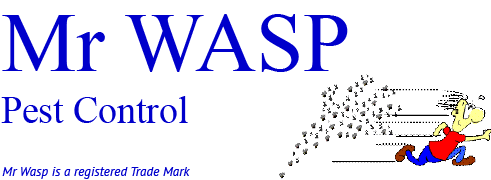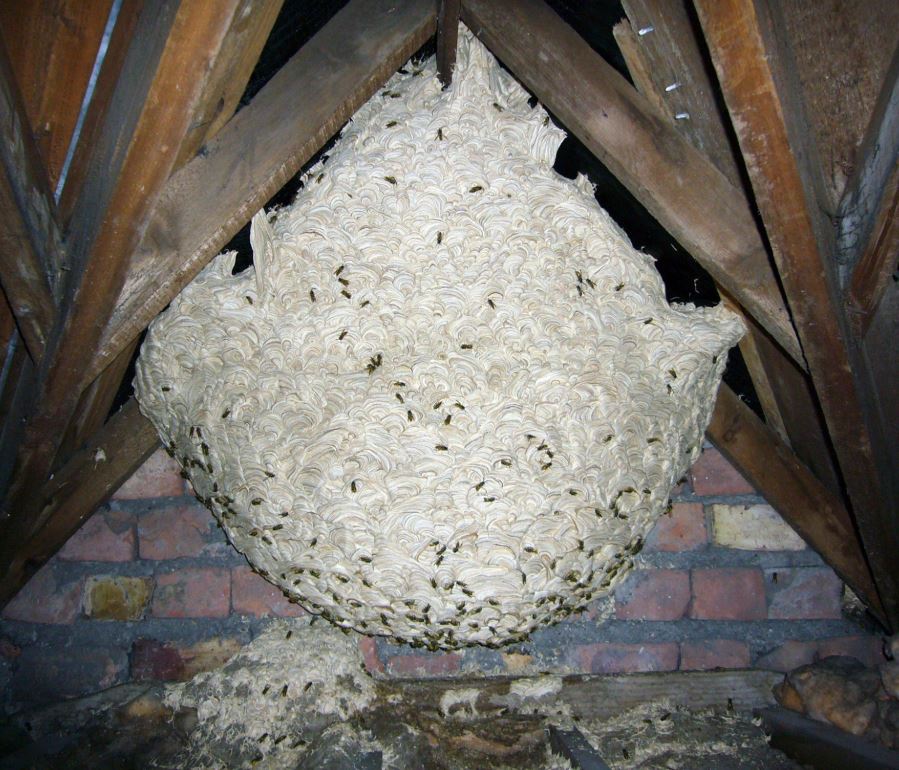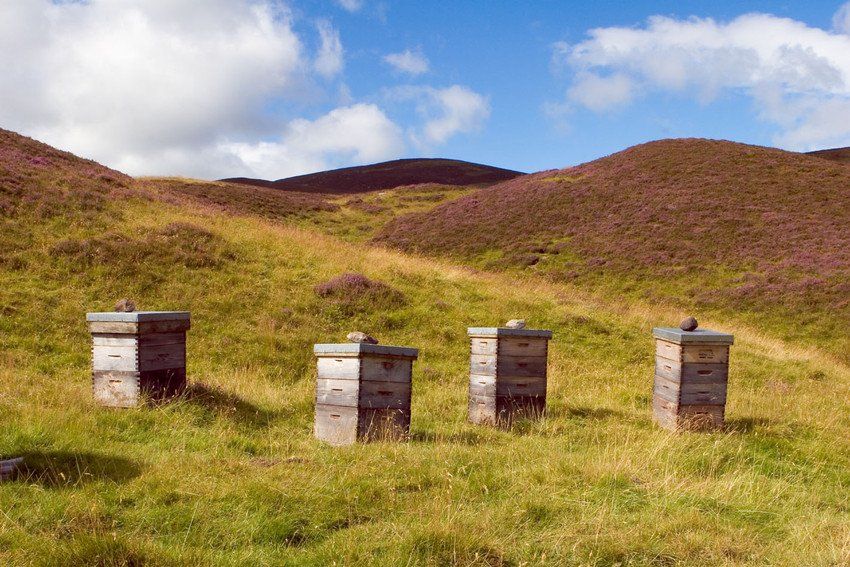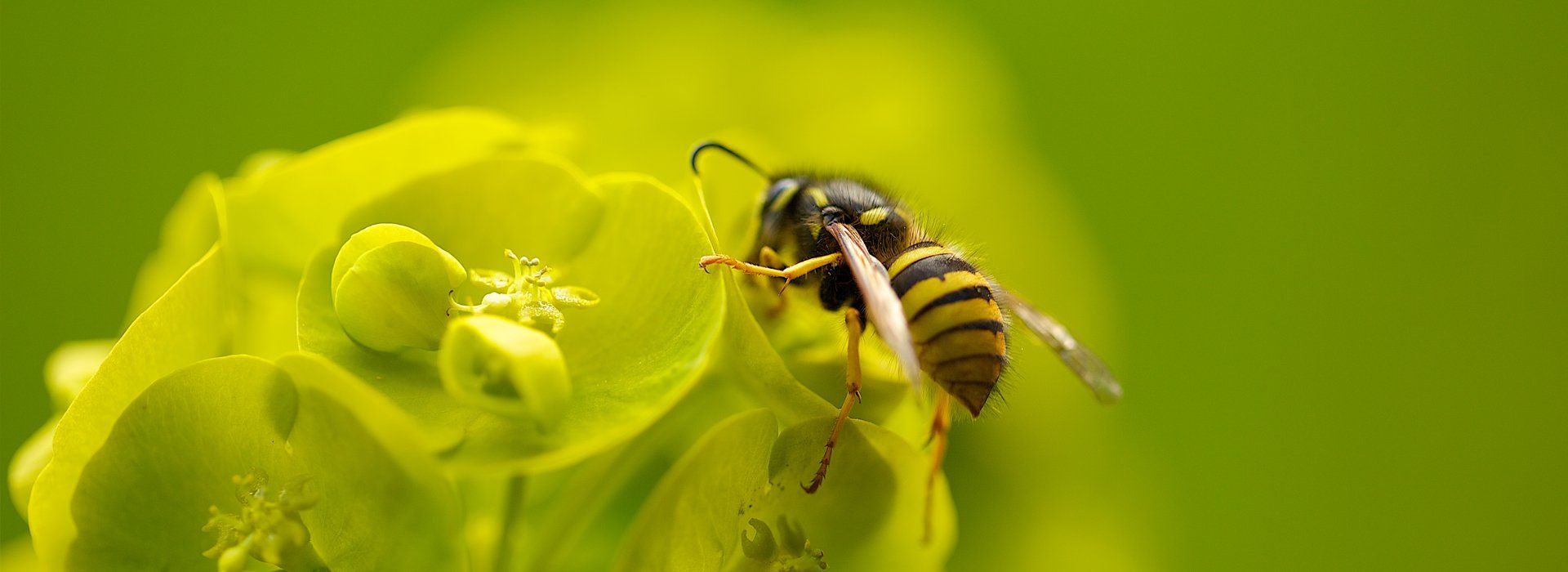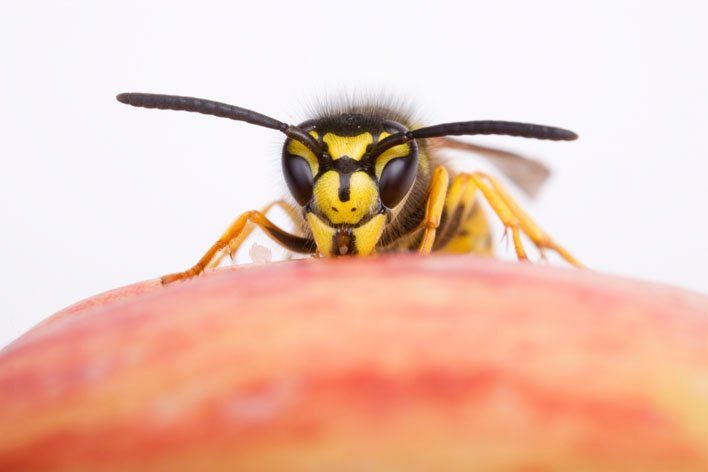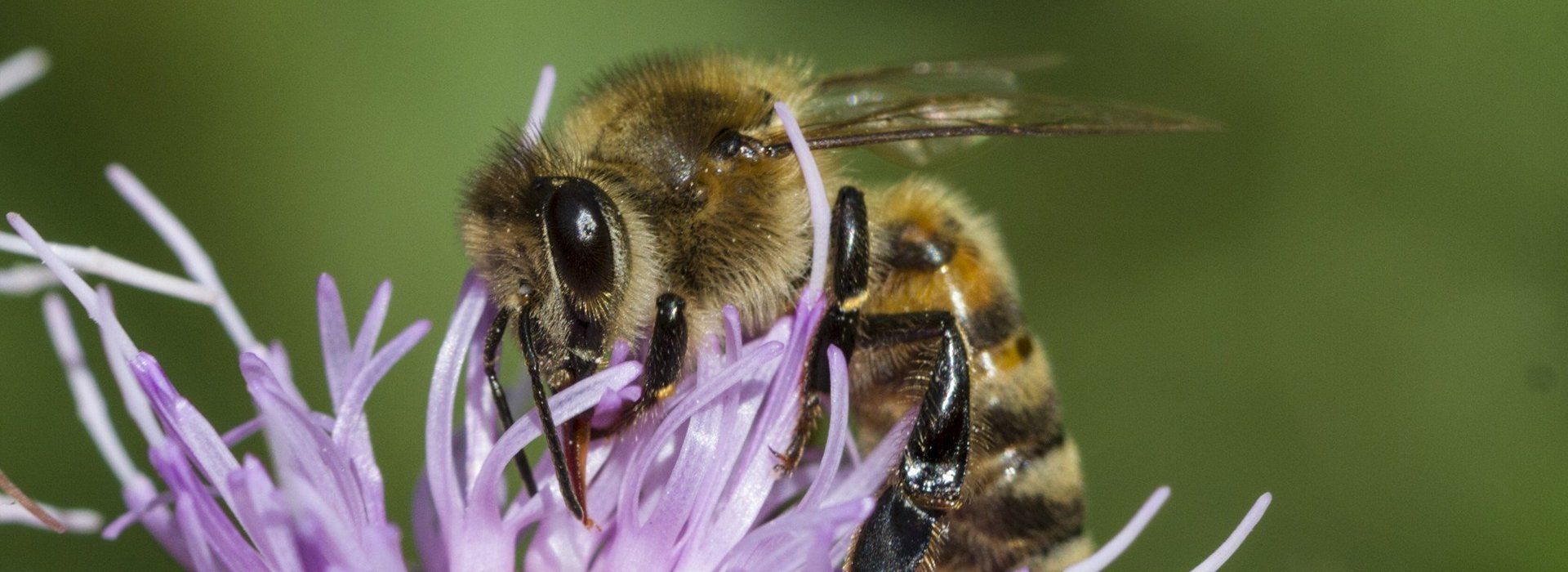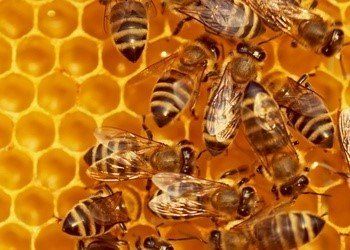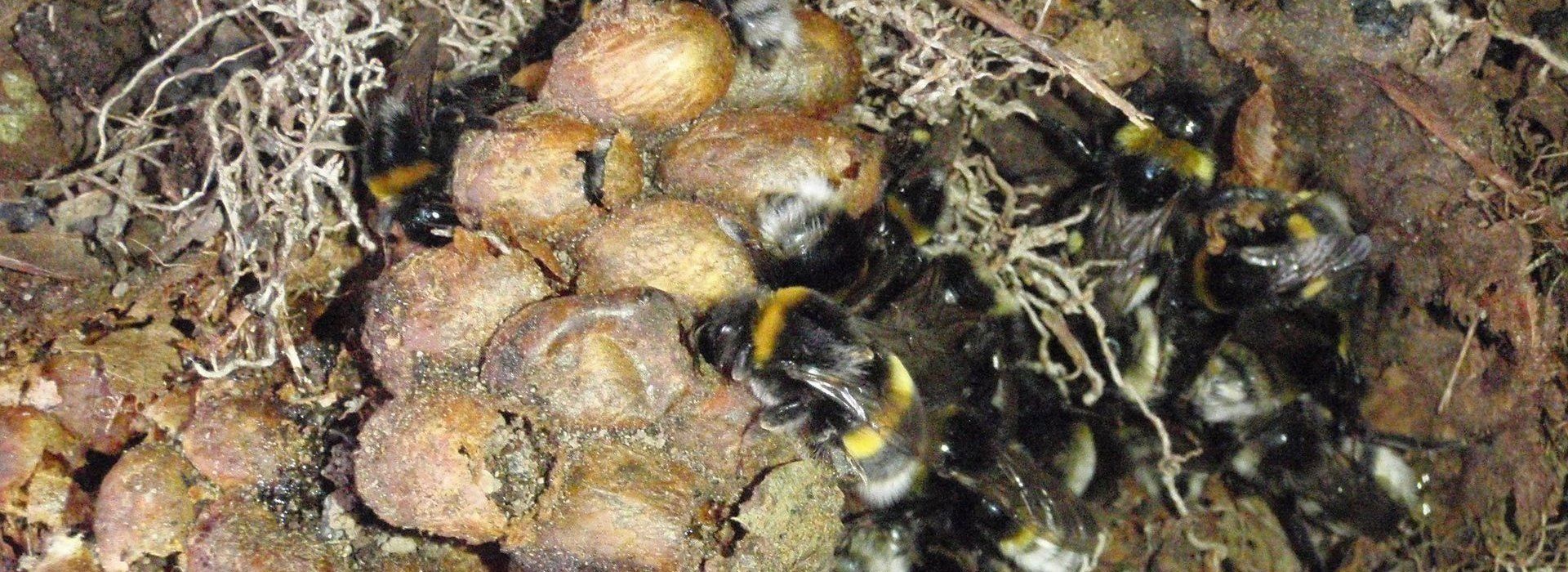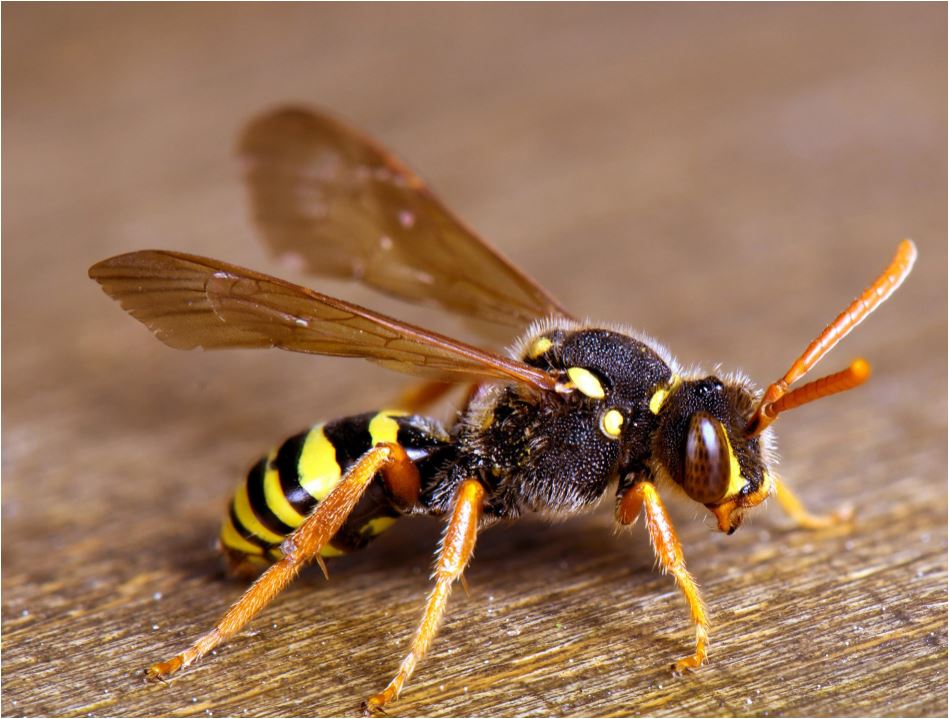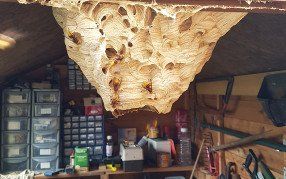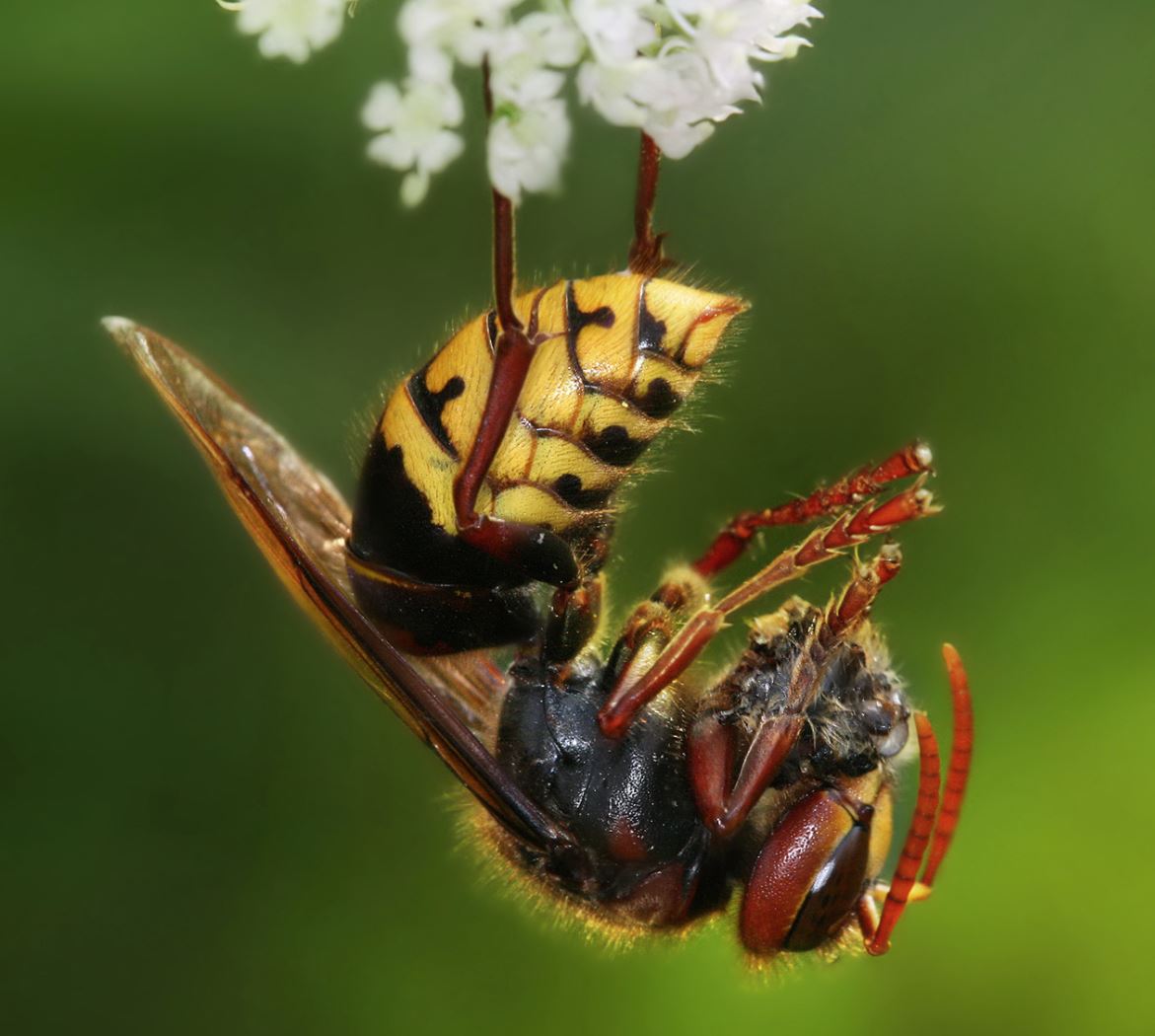How to Tell the Difference Between Bee, Wasp and Hornet Nests
So, you’ve spotted the tell-tale signs of an insect infestation in your home or garden. You can see that there are small, flying insects buzzing around - and you can see a nest - but you’re not entirely sure whether you’re dealing with a bee, wasp or hornet infestation.
While it’s always best to leave it to the experts to identify and tackle the problem at hand, it helps to have some idea of the bugs you’re sharing your property with! Here’s how to tell the difference between bee, wasp and hornet nests.
What does a bee nest look like?
Bees’ nests vary depending on the type of bee in question. For example, some bee species will nest underground in small mounds that have the appearance of ant nests. If you spot bees crawling in and out of an underground nest, you might have an infestation of mining bees, for example.
Bumblebees also tend to build their nests close to the ground, such as in compost, flower pots or underneath decking. Bumblebee nests are often made using grass, leaves, bark and wax secretions.
However, if you are dealing with a colony of honey bees, you are more likely to spot them nesting in sheltered spots. Honey bees don’t like to build nests in exposed areas, so they are often found in hollowed out trees or under roof soffits. You can spot a honey bee nest from its hexagonal cell structure.
If you spot a bees’ nest, it’s time to call the professionals as soon as possible. This is also true if you come across a swarm - a large cluster of bees that you might find on a gate, garden wall, garage or tree.
What does a wasp nest look like?
Unlike bees, wasps often build their nests in exposed places. If you spot a large insect nest hanging from a tree branch or the roof of your garden shed, you may be dealing with a wasp infestation.
Wasp nests also look significantly different to bees nests. This is because wasps build nests using wood fibres, giving them a greyish, paper-like appearance.
As hornets are a type of wasp, they use the same technique as common wasps when building nests. To identify whether you have a common wasp or hornet infestation, you will need to look at the bugs instead of their nests.
Hornets are significantly larger than common wasps and have reddish, orange bodies rather than yellow and black stripes.
Call Mr Wasp for safe and efficient bee, wasp and hornet nest removal
If you think you’re dealing with an insect infestation on your property, call the experts at Mr Wasp immediately. We can identify the insects responsible and remove their nests quickly, safely and efficiently.
Based in South Wales, we offer our services throughout Cardiff, Newport, Pontypridd, Chepstow and beyond. Contact us to talk to one of our pest control experts today!